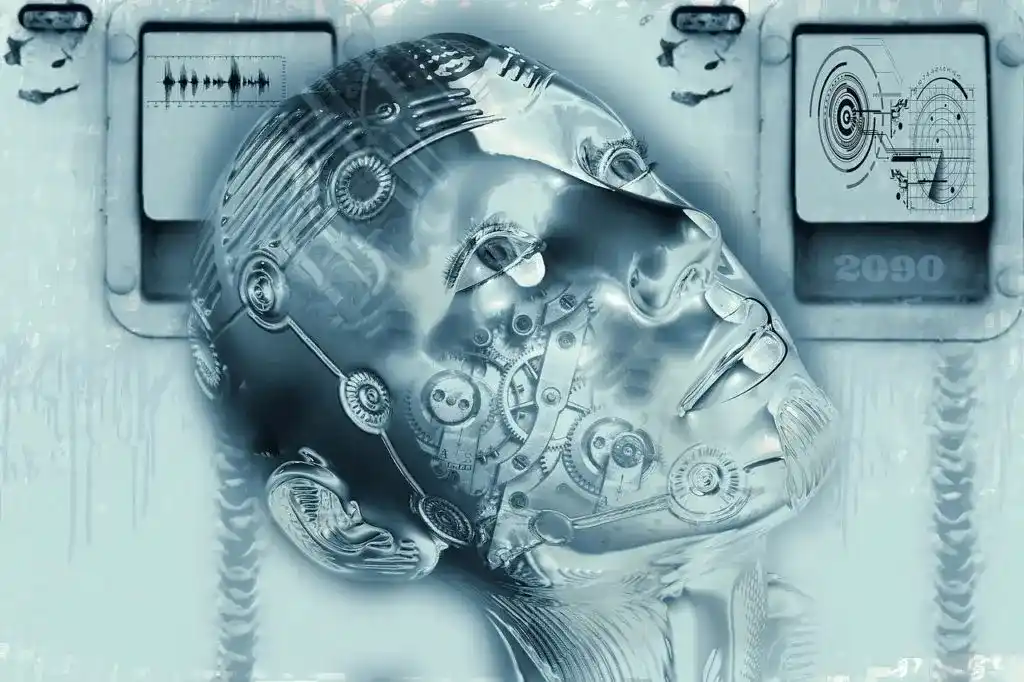Do you wanna know about Deep Learning Algorithms?. If yes, then read this full article. Here I will discuss the top 5 Deep Learning Algorithms that are most popular and in demand.
Hello, & Welcome!
In this blog, I am gonna tell you-
Before moving into the Deep Learning Algorithm List, I would like to give you a brief about Deep Learning. I have written a separate article on Deep Learning. So if you wanna know Deep Learning in detail, you can read it here- What is Deep Learning and Why it is popular?
Let’s get started,
What is Deep Learning?
Deep Learning is the subpart of machine learning. Deep learning is much powerful than machine learning. DL works on a huge amount of data. Whereas machine learning fails to perform on huge data.
In deep learning, you don’t have a need to provide features of input data. Deep learning automatically generates features. Whereas in machine learning, you need to define each feature.
That’s why Deep Learning is very powerful and popular in Artificial Intelligence Field.
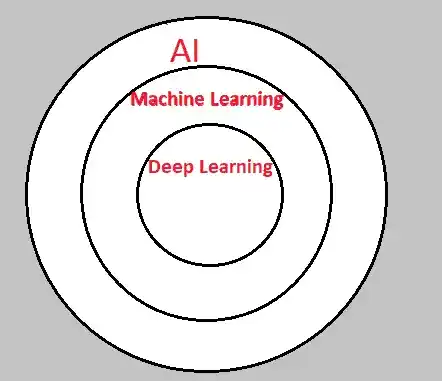
Deep Learning works on layers of neural networks. It contains three layers- An input layer, hidden layer, and output layer.
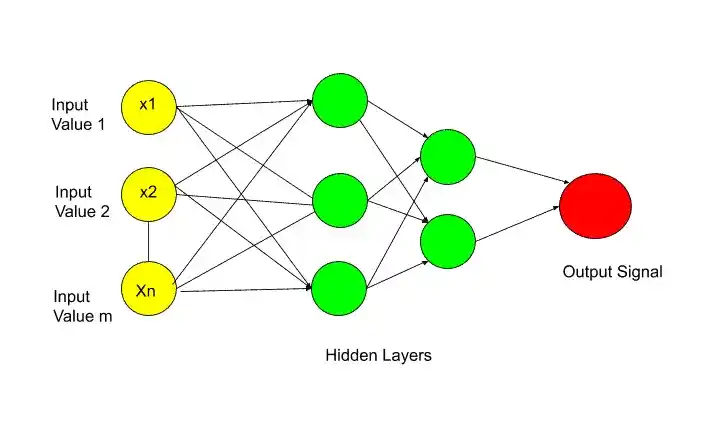
The deeper the neural network layers, the more accurate its prediction.
There may be several hidden layers in the neural network. To understand how neural network works, in detail, read this article- How does Neural Network Work?
How Deep Learning Algorithms Work?
Deep Learning is a form of self-learning. It works based on Artificial Neural Network. In the same way as the human brain works.
Suppose when you touch a hot surface, suddenly the input signal is passed to your brain. And the brain catches this signal and suddenly passes the output signal that “remove your hand from the hot surface, the temperature is higher than normal.”
Here, no feature is given to the brain. The brain automatically generates the feature and give a result based on input.
Similarly, Artificial Neural Network works. It takes the input values, generates features of these values, and predicts the output.
Top 5 Deep Learning Algorithms–
Now let’s move into the Deep Learning Algorithms List.
The most used Deep Learning Algorithms are-
- Feedforward Neural Network.
- Backpropagation.
- Convolutional Neural Network.
- Recurrent Neural Network.
- Generative Adversarial Networks (GAN).
1. Feedforward Neural Network (FNN).
As the name suggests Feedforward Neural network, means values move in the forward direction. Feedforward Neural Network is fully connected. Where each and every neuron is connected with other neurons with the help of synapses. It is also known as Multilayer Perceptron.
FNN can learn non-linear connections between the data.
In Feedforward Neural Network, there is no feedback mechanism. Because it moves into a forwarding direction, from the input layer to the hidden layer, and then from hidden layer to output layer.
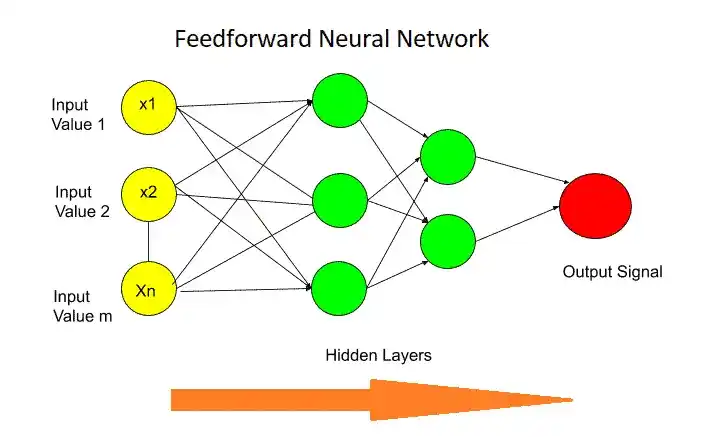
FNN is used in-
- Speech Recognition.
- Google Translation.
- Image Verification.
2. Backpropagation.
The Backpropagation algorithm is a supervised algorithm. It is used to train Feedforward neural networks.
Once the neural network predicts the output, then this predicted output is matched with actual output. The difference between the actual output and predicted output is known as the error rate. This error rate is calculated with the help of cost function.
The formula of the Cost function is-
cost function= 1/2 square(y – y^).
Where y is actual output and y^ is predicted output.
After calculating the cost function, the neural network backpropagates it to update the weights.
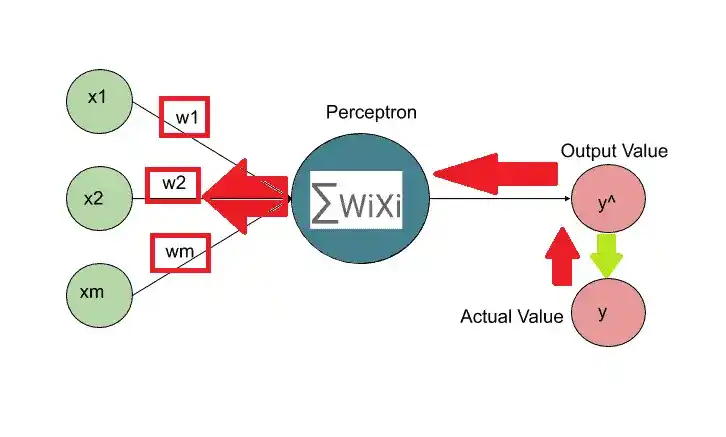
The weights are updated, and then again the neural network predicts the output. And this predicted output is again checked with actual output. It calculates the cost function, backpropagates, and updates the weights.
This process repeats until the neural network finds the predicted output similar or nearby to actual output.
Backpropagation is used in-
- Image Recognition.
- Speech Recognition.
3. Convolutional Neural Network (CNN).
The main application area of the Convolutional Neural network is Image Recognition and Natural Language Processing. CNN is a very powerful algorithm of deep learning.
The main objective of CNN is to make machines similar to humans. As humans identify the images of anyone, similarly machines can also recognize.
Suppose when you see an image of Tiger and Lion. Then you can easily differentiate between two. You can recognize that this is a lion, and this is a tiger. This recognition happens with the help of features. That means your brain focuses on certain features of the tiger and lion. These features may be body shape, ears, eyes, and many more.
Similarly, CNN make machines to recognize the images. Let’s see the basic structure of CNN, how it works-
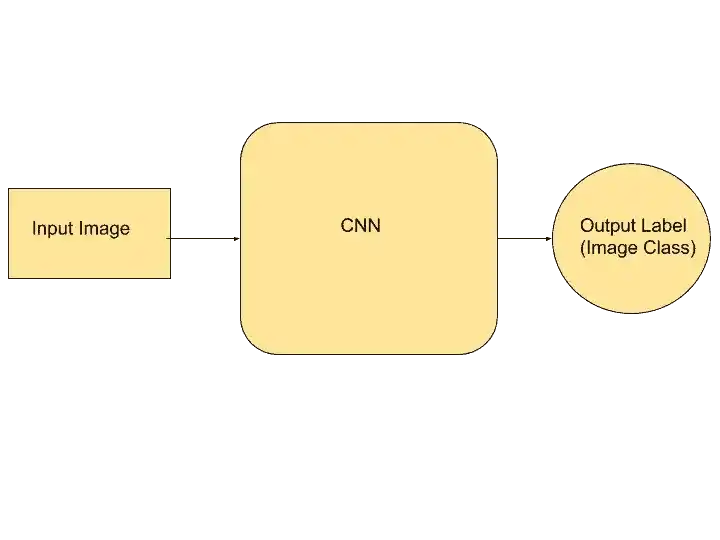
CNN takes an input image, perform an operation, and predict the output.
But we don’t directly pass an image in the input layer. We convert the input image into pixel values. And these pixel values are passed into the Input layer.
For converting an image into pixel values, CNN performs following steps-
- Convolution.
- ReLU Layer.
- Pooling.
- Flattening.
- Full Connection.
If you wanna learn the Convolution Neural Network in detail, then you can read this article- What is Convolutional Neural Network? Super Easy Explanation!. Here I explained CNN in detail.
4. Recurrent Neural Network (RNN).
Do you think how Alexa and Siri respond to our vocal instructions?. The answer is with the help of Recurrent Neural Network.
RNN was first developed by John Hopfield in 1982.
The unique thing in RNN is that it can remember the previous input. And use these inputs to improves the accuracy of output. RNN can also predict the output of time series data.
For example, suppose in your music app, there are different genre of music is stored based on the day. Like on Monday, the music genre is Motivational, on Tuesday it’s Romantic, Wednesday is Classical, and so on. So when this information is given to RNN, the RNN can predict the playlist of other days based on the Monday playlist.
RNN can perform this kind of prediction task because it can store the previous inputs.
In RNN the output of the previous layer is used as an input of the current layer, using the same weights. RNN process the sequential or previously stored data repeatedly until the neural network learns.
RNN works on the Tanh activation function. It can predict the next word based on previous words.
If CNN gives machines the ability to see, RNN gives machines the ability to hear and understand language.
AppLication of RNN are-
- Amazon Alexa.
- Google Assistant.
- Apple Siri.
- SMS Autocomplete.
- Natural Language Processing.
5. Generative Adversarial Networks (GAN).
Generative Adversarial Network or GAN is an unsupervised learning algorithm.
GAN is a very robust algorithm of deep learning. With the help of GAN, machines can make art similar to humans.
Let’s see how GAN works,
In GAN, there are two main networks,
- Generator
- Discriminator.
The generator layer takes the values from the input layer and tries to make a sensible output. Then Discriminator classifies the output of Generator whether it’s real or fake.
Based on the Discriminator result or output, the generator tries to make a more accurate output. And for that purpose it uses backpropagation.
If the generator tries to convert it’s output fake to real, so Discriminator tries to fail generator work.
So, basically there is a battle between Generator and Discriminator. And in that battle errors of the GAN network reduces and it becomes more accurate.
Application of GAN-
- Painting.
- In Encryption.
- Health Diagnostics.
- Cyber Security.
So that’s all about Deep Learning Algorithms. I hope you understand. If you have any questions feel free to ask me in the comment section.
Enjoy Learning!
All the Best!
If you wanna know about the neural network learning process? read it from here.
Wanna learn Artificial Neural Network? If yes, read it here.
Thank YOU!
Though of the Day…
‘ It’s what you learn after you know it all that counts.’
– John Wooden
Read Deep Learning Basics here-
Written By Aqsa Zafar
Founder of MLTUT, Machine Learning Ph.D. scholar at Dayananda Sagar University. Research on social media depression detection. Create tutorials on ML and data science for diverse applications. Passionate about sharing knowledge through website and social media.

